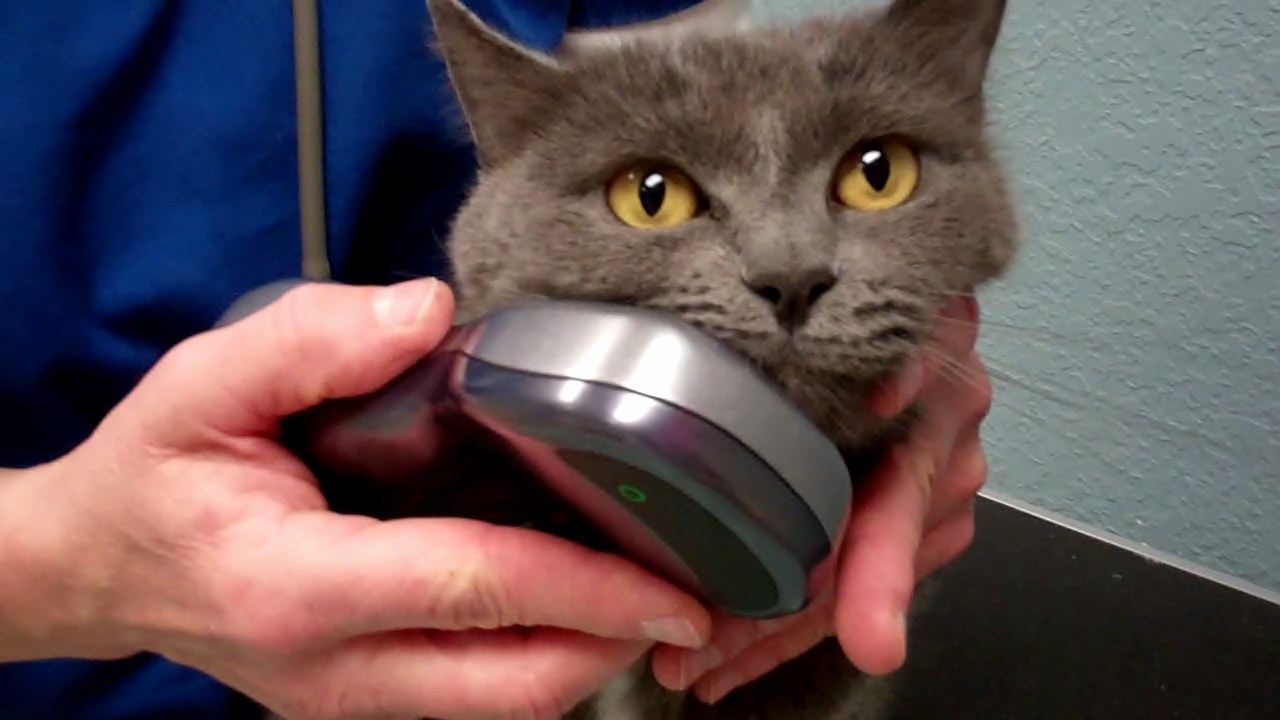Trigger point therapy for pets with pain may help speed recovery when there has been an injury or chronic pain. Untreated trigger points can evolve in hard-to-manage pain conditions and actually prevent a recovery. Trigger points are painful areas located in muscles or fascia that, with careful examination, will palpate as hard nodules of various sizes. In addition to interfering with muscle function, these nodules in the muscle can trap or compress nerves and may result in a pain that is sharp and burning. The size of the point in pets may vary depending on the size of the patient and may range from 3 mm to 5 cm. Biopsies of trigger points show that there is actually a microscopic change of the cells that takes place in the muscle. The changes in the cells form contraction knots and giant muscle fibers.
There are two main types of trigger points, latent and active. Latent trigger points only hurt when they are touched but still prevent proper functioning of the muscle.
Active trigger points evolve when there is overuse or injury of the body. These points cause pain when the muscle is used, and when severe, even at rest. Trigger points can result in referred pain in a location that is distant to the point.
For example, if a pet has a neck injury on the right and the head tilts slightly to compensate for the pain, a trigger point will develop on the left side to compensate for the unequal weight distribution. It will cause pain and shortening of the muscles on that left side. Without treatment of the trigger point opposite the side of the injury, the pain may not resolve and actually worsen.
There are predictable locations to look for trigger points. Some of them correspond to acupuncture points. Some common trigger points can be found in the following muscles; the quadriceps, gluteus medius, tensor fascia latae, semitendinosus/semimembranosus, pereneus longus, pectineus, iliocostalis lumborum, infraspinatus, and triceps muscle.
Individuals trained to identify trigger points in pets include Certified Veterinary Pain Practitioners, Certified Canine Rehabilitation Practitioners, chiropractors trained in veterinary chiropractic, and veterinary acupuncturists. Some pet massage therapists can also identify these points.
The low-level laser is an excellent device to treat these areas because of the relatively brief time it takes to treat a trigger point. Other forms of trigger treatment like massage and acupuncture can be used in combination with the laser therapy. In summary, trigger points can create pain and dysfunction even though the original injury and if left untreated can evolve in hard to manage chronic pain conditions.


